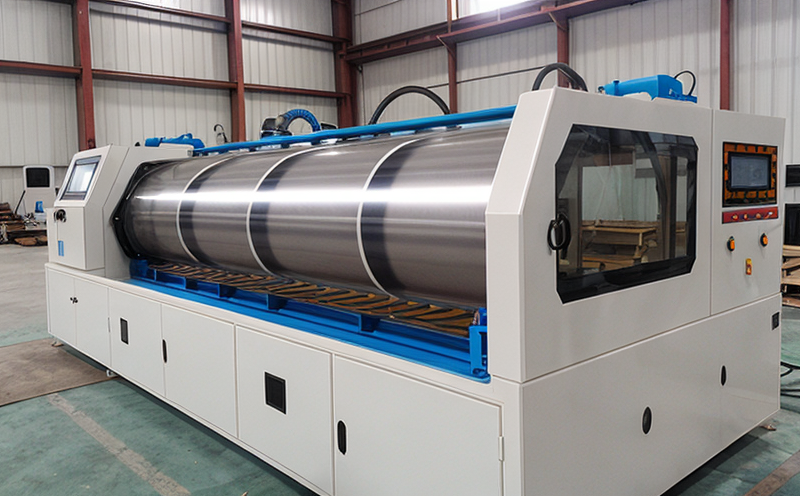ISO 1817 Rubber coated materials Resistance to liquid chemicals
The ISO 1817 standard is designed specifically for rubber-coated materials, focusing on their resistance against various liquid chemicals. This testing method evaluates how well the coating can withstand exposure to different chemicals without degradation or failure. The importance of this test cannot be overstated as it directly impacts the durability and performance of products used in industries such as automotive, construction, and marine.
The standard applies particularly to rubber-coated fabrics, tapes, films, and similar materials that are subject to chemical exposure during use. It ensures that these coatings maintain their integrity under real-world conditions, thereby enhancing product reliability and safety.
Testing according to ISO 1817 involves submerging the coated material in specified liquid chemicals for a defined period. The specimens are then visually inspected for any signs of discoloration, cracking, swelling, or loss of adhesion between the rubber coating and the substrate. If these tests reveal significant damage, it suggests that the material may not perform adequately under actual service conditions.
The procedure typically uses a variety of chemicals commonly encountered in industrial environments, including acids, alkalis, solvents, and water-based solutions. By simulating these exposures, ISO 1817 helps manufacturers identify potential weaknesses early in the development process or quality assurance stages.
Understanding the implications of this test is crucial for industries that rely heavily on rubber-coated materials for their products' longevity and functionality. For instance, automotive manufacturers might use this information to ensure their tires last longer under harsh weather conditions. Similarly, construction companies could apply these insights when selecting roofing membranes or waterproofing tapes.
Compliance with ISO 1817 also plays a vital role in ensuring products meet regulatory requirements and industry specifications. It provides assurance that the materials used are robust enough to withstand expected environmental stressors without compromising on performance. This not only protects consumers but also enhances brand reputation by demonstrating commitment to quality.
Moreover, this standard supports continuous improvement efforts within organizations by highlighting areas where current practices need enhancement or modification. By adhering strictly to ISO 1817 guidelines during research and development phases, companies can minimize costly reworks later down the line due to unforeseen failures post-market release.
Why It Matters
- Promotes Durability: Ensures that rubber-coated materials remain functional and safe over extended periods.
- Achieves Regulatory Compliance: Helps manufacturers meet necessary standards set by governing bodies.
- Enhances Product Quality: Identifies potential issues early in the production process, leading to better final products.
- Improves Consumer Satisfaction: Guarantees that customers receive reliable and safe goods.
Scope and Methodology
| Test Parameter | Description |
|---|---|
| Liquid Chemicals | A selection of chemicals relevant to industry applications, such as acids, alkalis, and solvents. |
| Specimen Preparation | Cutting specimens to standard dimensions for consistent testing. |
| Submersion Time | The duration materials are exposed to chemicals, typically ranging from 24 hours up to several days. |
| Visual Inspection Criteria | Checking for signs of damage like discoloration, cracking, swelling, or loss of adhesion. |
Benefits
- Enhanced Reliability: Identifies potential weaknesses before they become critical issues in the field.
- Cost Savings: Reduces the need for costly recalls and repairs by addressing problems early on.
- Informed Decision Making: Provides valuable data to guide future product development decisions.
- Improved Safety: Ensures that products remain safe even when exposed to challenging conditions.





